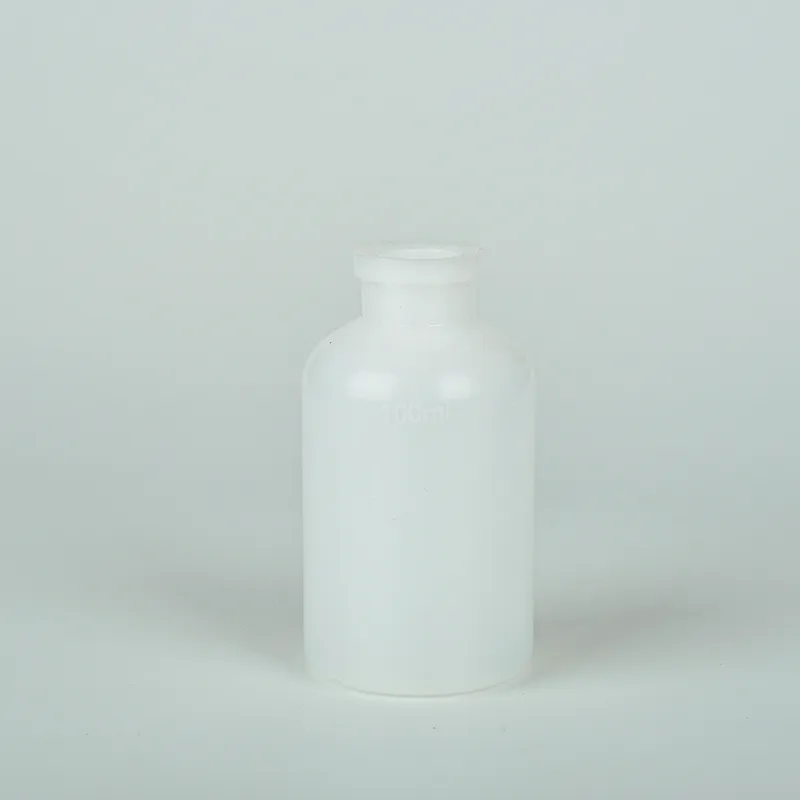Sterile Plastic Petri Dishes for Laboratory Cultivation and Microbial Growth Applications
The Importance of Sterile Plastic Petri Dishes in Microbiological Research
In the realm of microbiology, the ability to cultivate and examine microorganisms is essential for both research and medical diagnostics. Among the many tools utilized in this field, sterile plastic Petri dishes stand out as critical components for ensuring accurate results and maintaining a contamination-free environment. This article explores the significance of these dishes, their manufacturing processes, their applications, and some best practices for their use.
What Are Sterile Plastic Petri Dishes?
Petri dishes, named after the German bacteriologist Julius Richard Petri who invented them in the late 19th century, are shallow, cylindrical containers that are traditionally made from glass. However, the modern approach has shifted largely towards using plastic due to its versatility, strength, and disposable nature. Sterile plastic Petri dishes are manufactured under strict conditions to ensure that they are free from any contaminants, making them suitable for various microbiological applications.
Importance of Sterility
Sterility in Petri dishes is paramount as it eliminates the risk of contamination, which can alter experimental results and lead to false conclusions. Contaminants such as bacteria, fungi, or other microorganisms present on surfaces can proliferate when introduced to growth media, muddling the interpretation of results. By using pre-sterilized plastic Petri dishes, researchers can ensure that the growth environment is controlled, allowing for accurate observation of the intended microbial cultures without interference from unwanted organisms.
Manufacturing Process
The production of sterile plastic Petri dishes involves several critical steps. Firstly, the raw materials, typically polystyrene or polycarbonate, are selected for their clarity and strength. The dishes are then molded into shape and subjected to sterilization processes such as gamma radiation or ethylene oxide exposure, which effectively eradicate any microbial life. Following sterilization, the dishes are packaged in a sterile environment to prevent recontamination before reaching the end-users, such as laboratories, universities, and healthcare institutions.
sterile plastic petri dishes

Applications in Microbiology
Sterile plastic Petri dishes are incredibly versatile and have a wide range of applications in microbiology. They are primarily used for culturing bacteria and fungi. Researchers can inoculate these dishes with specific samples, such as clinical swabs, soil, or water, to isolate and identify various microorganisms. Furthermore, they are ideal for performing sensitivity assays, where the efficacy of antibiotics against certain pathogens is evaluated.
In clinical microbiology, sterile Petri dishes are crucial for diagnosing infections. By growing pathogens from patient samples, healthcare providers can determine the most effective treatment plan tailored to the specific bacterial or fungal strain affecting the patient. Additionally, they are extensively used in environmental microbiology to study the composition of microbial communities in different ecosystems.
Best Practices for Use
To maximize the effectiveness and reliability of sterile plastic Petri dishes, certain best practices should be followed. Firstly, it is vital to handle the dishes with care to avoid introducing contaminants during inoculation. Researchers should work in aseptic conditions, ideally within a biosafety cabinet, to minimize exposure to airborne contaminants. After use, Petri dishes should be disposed of properly, adhering to biohazard waste protocols, to prevent any risk of infection or environmental contamination.
Conclusion
Sterile plastic Petri dishes are indispensable tools in the field of microbiology, providing a reliable and efficient means of culturing and studying microorganisms. Their importance cannot be overstated, as they play a vital role in advancing our understanding of microbial life and improving public health outcomes. By prioritizing sterility and adhering to best practices, researchers can ensure the integrity of their work, leading to meaningful contributions to science and medicine.
-
Aesthetic Makeup Spray Bottles | Fine Mist Empty RefillableNewsAug.19,2025
-
White Plastic Veterinary Vaccine Vials | Lab Liquid BottlesNewsAug.18,2025
-
Plastic Medicine Liquid Bottle: Secure Flip Top Drug VialsNewsAug.17,2025
-
Durable 250ml Blue Plastic Vaccine Vial for Lab & Vet UseNewsAug.16,2025
-
Sterile Virus Sample Tubes: Secure & Reliable Specimen CollectionNewsAug.15,2025
-
White 250ml Plastic Vaccine Vial for Lab & Vet MedicineNewsAug.14,2025
























